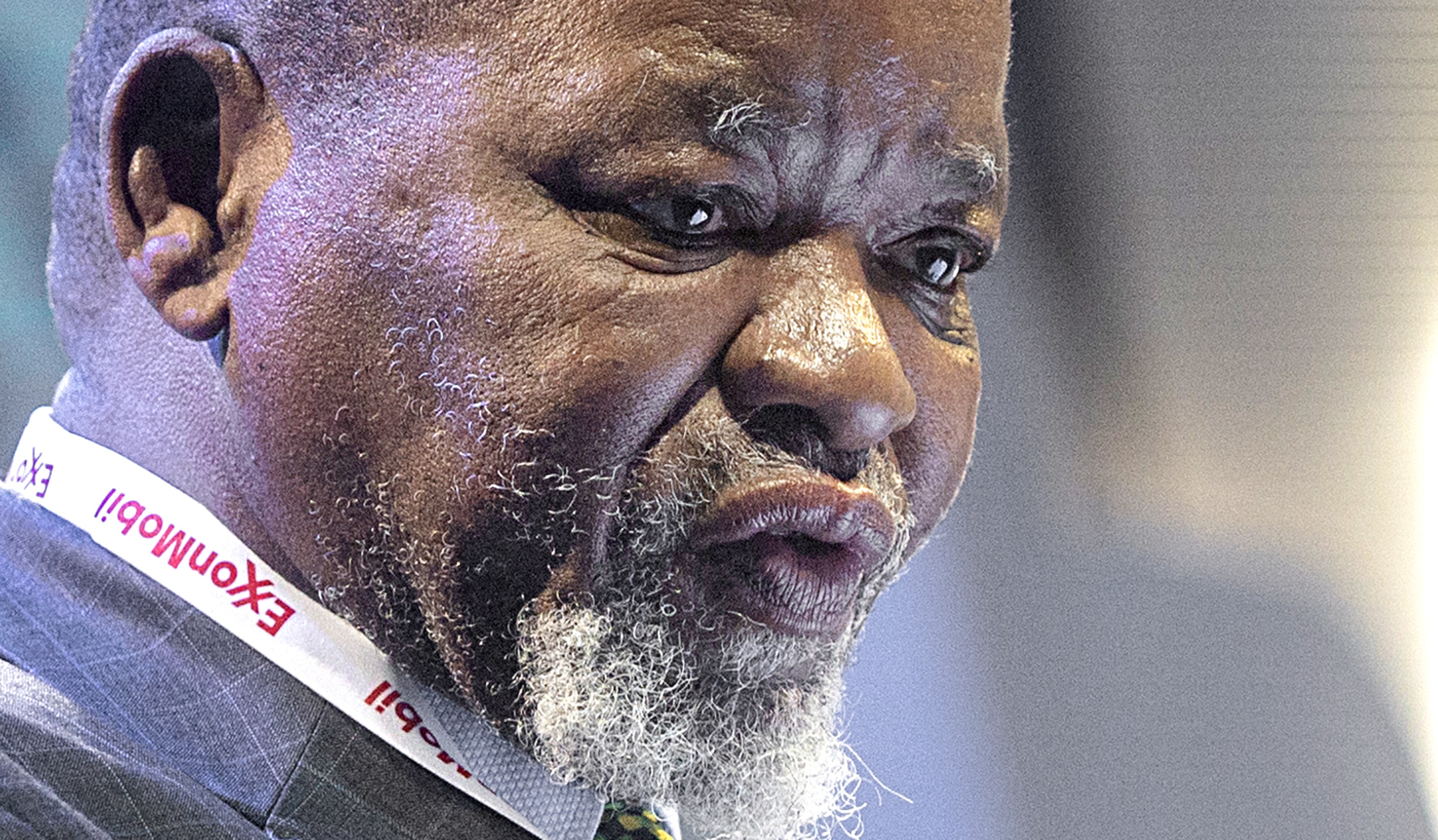In November, without much fanfare, the Department of Mineral Resources and Energy - soon to be rebranded as the Department of Mineral and Petroleum Resources (DMPR) - published on its website an update on the progress in tackling the backlog of applications for mining and exploration rights and permitting.
The minister in charge, Gwede Mantashe, made the commitment to provide regular updates on the applications at the Joburg Mining Indaba in October.
Read more: Transparency win — Mantashe commits to regular updates on mining applications
“To ensure greater transparency, we have resolved to publish on the department’s website the quarterly reports of applications processed and finalised,” the minister said in his prepared remarks shared with the media.
“Contrary to a report by Daily Maverick’s Ed Stoddard, which insinuates that the ‘DMPR is allergic to transparency’, I can report to you that between April 2023 and March this year, the department processed and finalised 127 mining rights, 1,527 prospecting rights, and 2,313 mining permits and ancillaries.”
That barbed comment referred to a story this correspondent had written on the issue comparing the department's performance in an unflattering way to that of Home Affairs. Under its new minister Leon Schreiber of the DA, Home Affairs had cleared a backlog of 247,500 ID applications in the space of a month.
Read more: A tale of two backlogs at Home Affairs and Mineral Resources offers a revealing light on GNU governance
But Mantashe made the commitment and so far, so good. A spokesperson for the minister told me that the next update should be published around the time of the Cape Town Mining Indaba, which takes place from Monday, 3 February, to Thursday, 6 February.
To wit, the update provided showed that as of the end of September - so halfway through the 2024/25 financial year - the department had received 2,524 applications. Of these, 73 were for mining rights, 1,358 were for prospecting rights and 1,093 were for mining permits.
During that period, 776 applications were finalised, of which 567 were rejected.
This is commendable as the backlog in applications and the lack of transparency around it are among the key reasons South Africa’s share of global spending on exploration fell from over 5% in 2024 to less than 1% in recent years.
Read more: Mantashe’s missed mining target — SA still accounts for less than 1% of global exploration spend
Blanks yet to be filled in
Still, more transparency is needed.
For example, the department’s update does not provide an opening and closing balance. It does not say how many applications were outstanding at the start of the financial year - just how many were received - nor the current size of the backlog.
The more than 1,000 applications for mining permits over the period are also a cause for concern.
Mining permits are far less onerous to obtain than mining rights. They don’t require a social and labour plan or an extensive environmental impact assessment. Their design is meant to support small businesses around small towns, such as a brickworks or sand pit.
Mpumalanga has long been the source of most of the applications for mining permits, raising suspicions that they point to a scramble for coal, with applications seeking several contiguous permits to create a mine.
Read more: Mining permits point to shady Mpumalanga scramble for coal
One of the drivers for the overall dysfunction on these fronts is the useless Samrad online system for processing mining applications, underscoring the crying need for a functional mining cadastre.
After years of needless dithering, which has probably cost South Africa’s mining sector billions of rands in lost investment, the preferred bidder was announced last year and Mantashe has said the cadastre should be up and running by the middle of this year.
A functional mining cadastral system is an online portal that displays a country’s mineral and other forms of natural wealth in a way that is accessible to the public. It can serve the dual function of showing the state of play of mining activities while allowing companies armed with this knowledge to apply for various kinds of exploration or mining rights.
Read more: DMRE says cadastre on track, with 2,800 mining applications finally approved in 2023
The department at least has made some steps towards greater transparency, and that should be applauded. Hopefully, the next update on applications will provide more detail. DM





